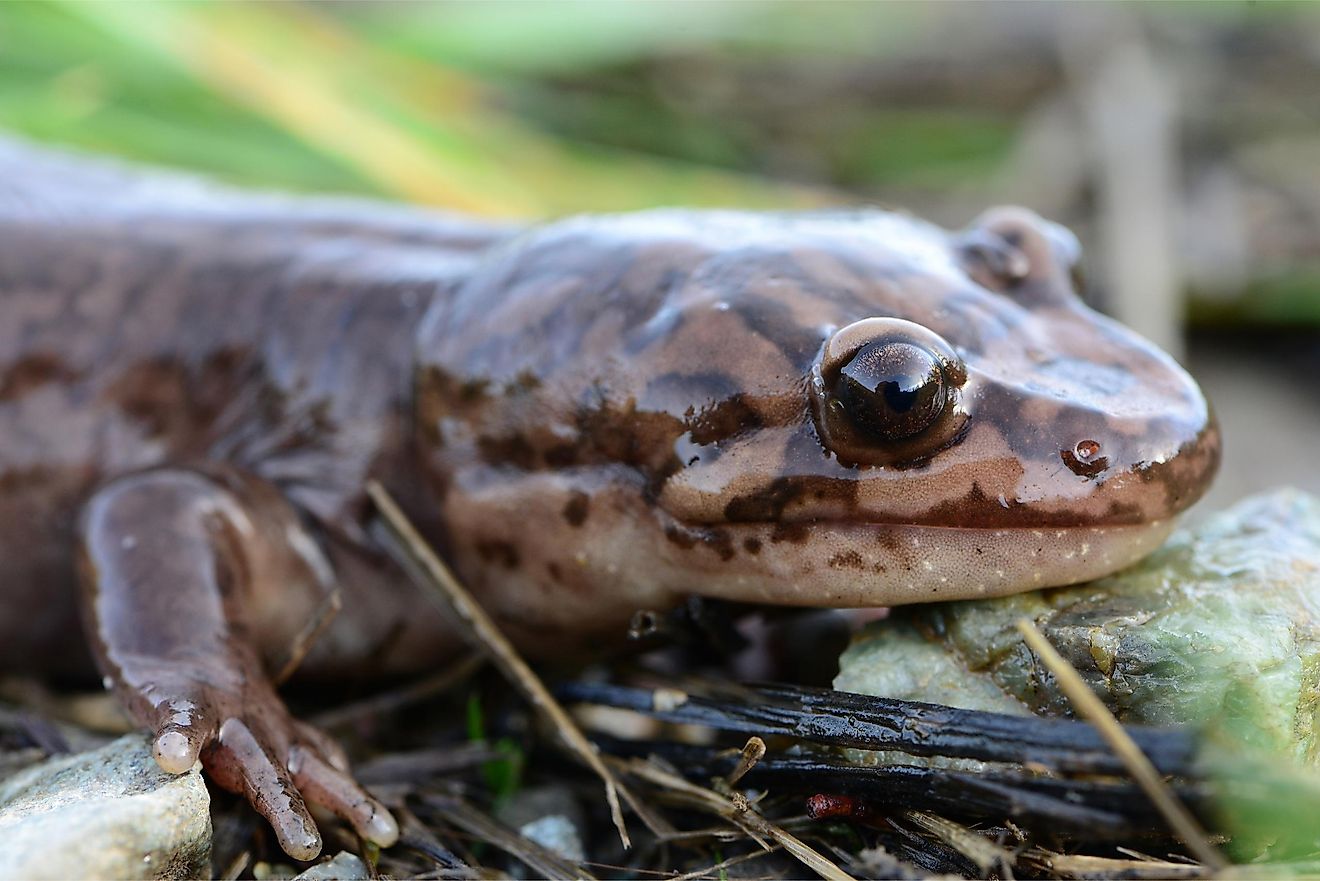What Is The Idaho State Amphibian?

The US state of Idaho is located in the country’s northwestern area. Nicknamed the “Gem State,” Idaho is the 14th largest state in the US with an area of about 83,797 square miles. Idaho was admitted into the union on July 3, 1890, thus making it the 43rd state to join. Over the years, the people have managed to amass a rich history that is remembered every day through things such as state symbols. To this day, Idaho has 16 official symbols that are recognized by the law including the state amphibian.
The State Amphibian Of Idaho
The state amphibian of Idaho is the Idaho giant salamander, which is scientifically known as Dicamptodon aterrimus. The salamander was assigned recently on April 2, 2015, after a lengthy selection process that took a whole five years. The selection process began in 2010 after school kids from Calvary Christian School embarked on a campaign to pick an amphibian. Over the years, others made several attempts until the bill was eventually approved.
Description
The large amphibian is related to other species like the California giant salamander, Cope’s giant salamander, and the coastal giant salamander (or the Pacific giant salamander). The Idaho giant salamander is widespread all over the US, which is why it is classified as a creature of least concern. As the name "giant" suggests, the Idaho giant salamander is a large creature. In fact, in Idaho, it is the largest salamander with adults growing to a length of up to 13 inches although it most varies from 7 to 11.75 inches. In terms of size and shape, the Idaho giant salamander is slightly similar to Tiger salamanders. To show the similarity, tiger salamanders can grow up to 14 inches although they mostly average between six and eight inches in length.
Among the giant salamanders, the Idaho giant salamander has the darkest hue as well as the most intricate spots. The spots can have a number of colors including brown, tan, copperish, grey, and purple. The larvae are different from the adults in a number of ways. For example, they have gills that allow them to live in water while their bodies are mostly tan with yellow spots. Adults are characterized by things like costal grooves, foot tubercles, and a thick body and head.
Diet
The creatures are predators both in the larval and adult stage. However, the larvae do not hunt most of the time. Instead, they wait for prey to wander towards them. Their diet includes small creatures like fish, other salamanders, and tadpoles. Adults go for bigger creatures such as mice, shrews, small snakes, and other salamanders.
Behavior
The salamander is a secretive creature that is rarely found in the open. Instead, the Idaho giant salamander prefers moist and secretive places like beneath logs and barks. Usually, they have access to a water bodies because that is where reproduction takes place. Reproduction mainly happens in spring and fall where the female will lay anywhere between 135 and 200 eggs. The mother looks after the eggs until they hatch.











